The Story of Tanzanite Gemstone:
It is quite surprising when a recently discovered gemstone has a huge impact on the world gemstone market. It happened with Paraiba tourmaline before, but now in the case of tanzanite is even more intriguing.
Loose Tanzanite Gemstones
Tanzanite is the rare violet-blue form of the mineral zoisite, was first discovered in 1967 in Tanzania. Which to this date remains the only source for tanzanite gemstones, and the supply is extremely limited. The limited supply, combined with soaring demand, has resulted in constantly high prices. The immense popularity of tanzanite gemstone is not surprising at all. Originally the gemstone was known by the more pedestrian name, blue zoisite. Though tanzanite is blue, it is often heated to enhance the blue color by eliminating natural yellow and brown shades. Tanzanite's hardness is similar to that of emerald; sitting at 6.5 to 7 on the Mohs hardness scale, and like diamonds, it has perfect cleavage. However, tanzanite is more delicate than quartz, but it is still more durable than steel.

Top grade, certified faceted tanzanite gemstones can sell for prices up to $1200 per carat, especially large tanzanite gemstones. Tanzanite is extremely rare, and the demand for it has really pushed its price up. Tanzanite got its first big push into the gemstone market with the help of
Tiffany & Co., who gave it the name tanzanite by starting a major advertising campaign in 1969.
Tiffany & Co. showed great enthusiasm and hype for tanzanite as Henry Platt, the grandson of Louis Comfort Tiffany, described them as being the most beautiful blue gemstone to be discovered in over 2000 years. The popularity of tanzanite has grown, not only because of the successful marketing but also because of the gemstone itself. Tanzanite is actually much rarer than diamond, especially large, high-grade specimens are becoming harder and harder to find as tanzanite's gemstone availability continues to decrease. The successful marketing of tanzanite combined with limited supply causes tanzanite gemstone to fetch astonishing prices in the market. Prices reached new highs in the late 1990's when a South African group of investors bought into tanzanite mining by acquiring a mining section called Block C. They named their company
TanzaniteOne and wanted to apply the lessons they had learned and researched from
De Beers Jewelers; to control and influence the supply market as much as possible.
TanzaniteOne once had the thought to market tanzanite gemstone as 'the'
birthstone. Tanzanite had already been recognized as an alternative birthstone for December by the American Gem Trade Association in the early 2000's. But TanzaniteOne wanted to achieve greater recognition; they wanted tanzanite to be given on the birth of every child, regardless of the month. So they used the
Be Born to Tanzanite slogan and made connections to the tribal birth practices of Masai. However, we believe that tanzanite gemstone should be cherished for its own natural beauty, rather than heavily marketed. For those who love coloured gemstones, tanzanite certainly has its place.
Trichroic Tanzanite from Merelani Hills ©
MIM Museum
Predictions are that the Northern Tanzania mines can only produce for the next 15 years, so it is definitely worth investing in tanzanite now; especially top grade intense and large tanzanite gems.



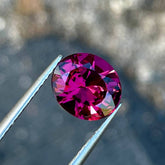





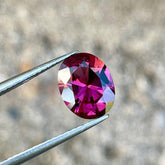


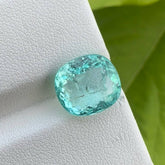

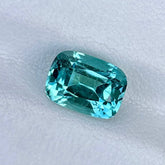

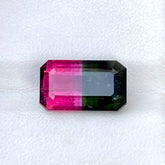

Leave a comment
Please note, comments need to be approved before they are published.